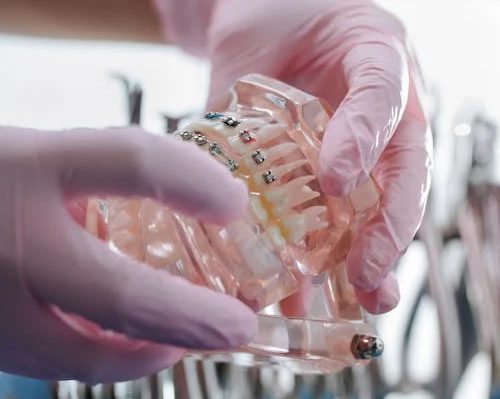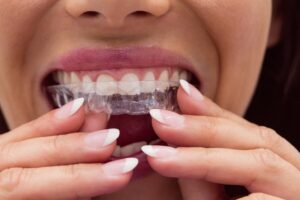Are you considering straightening your teeth? Great decision! This guide is to address all your inquiries about Is Invisalign Cheaper Than Braces?. We’ve juxtaposed them side by side, enabling you to make an enlightened choice for your smile. Additionally, we’ve evaluated Invisalign aligners against other transparent aligners, providing a comprehensive view of your treatment options.
Remember, regardless of your chosen treatment, the pivotal component of your smile transformation is your orthodontist. A seasoned professional will meticulously oversee your treatment to ensure optimal results and a lasting smile. Cost, comfort, and effectiveness—everything is covered. Read on to discern whether braces or Invisalign suits you best!
Braces: Time-Tested Orthodontic Care for Lifelong Smiles
Braces represent the quintessential orthodontic treatment. Their fundamental design dates back centuries, with researchers even discovering rudimentary braces on ancient Egyptian mummies. Fortunately, braces have evolved significantly over the years, with research refining them into a reliable, effective, and comfortable method for achieving straight teeth, a healthy bite, and a radiant smile for millions worldwide.
Braces function by safely and effectively shifting teeth using brackets bonded to each tooth, connected by a metal wire. Each bracket is meticulously positioned to guide each tooth into its proper place, closely monitored by the orthodontist. Various types of braces exist—metal, ceramic, and lingual—all utilizing different methods to straighten teeth. However, they all contribute to a stunning smile and a healthy bite.
Benefits of Braces
- Effective for Even Severe Dental Cases: Braces are adept at correcting complex dental issues.
- Consistent Movement: Being bonded to your teeth ensures constant movement.
- Customizable Aesthetics: Colorful rubber bands provide a fun accessory.
- Proven Results: Years of research combined with expert orthodontists yield trustworthy outcomes.
- Affordability: Generally less expensive, with full insurance coverage possible for younger patients.
- Variety: Metal, ceramic, and lingual options cater to different preferences.
Different Types of Braces Options for Your Smile
Metal braces, the traditional variant, use metal brackets linked by a metal wire. They are highly effective, reliable, and comfortable, popular among all age groups. They might also be the most economical option, with potential full coverage by insurance for eligible cases.
Ceramic braces use similar technology but employ clear or tooth-colored resin brackets, blending seamlessly with the teeth for a subtler appearance. They offer the effectiveness of metal braces but are less noticeable, and preferred by older teens and adults. However, they are prone to staining from dark foods or drinks, making them less ideal for younger patients or those unwilling to avoid such items.
Lingual braces, also known as Incognito braces, function similarly to metal and ceramic braces but are bonded to the inside of the teeth. This placement renders them less visible while still effectively aligning teeth. Due to their positioning, they might be less effective for certain conditions or severe cases. The orthodontist will evaluate your diagnosis to determine their suitability. Lingual braces can be more expensive due to their specialized nature and the expertise required.
Drawbacks of Braces
- Focused Care Required: Meticulous cleaning and maintenance are necessary.
- Dietary Restrictions: Certain foods must be avoided to prevent damage.
- White Spot Lesions: Potential for enamel discoloration around brackets.
- Discomfort: Initial and periodic discomfort is common.
- Frequent Office Visits: Regular check-ups are essential.
- Aesthetic Concerns: Visible appearance can be a drawback for some.
Clear Aligners: A Closer Look at Invisalign and Alternatives
Invisalign clear aligners are the most renowned brand in this category, thanks to their early technological advancements and ongoing improvements. This ensures that Invisalign aligners fit snugly, comfortably, and effectively, delivering excellent results under professional supervision.
In recent years, various alternatives, including mail-order aligners, have surfaced. However, these can pose risks without professional oversight, leading to ill-fitting aligners that might harm teeth and gums and yield suboptimal results.
Benefits of Invisalign Treatment
- Discreet and Comfortable: Virtually invisible and comfortable to wear.
- Removable and Easy to Clean: Aligners can be removed for cleaning and eating, allowing for unrestricted diets.
- Professional Appearance: Subtle aligners maintain a professional look.
- Proven Efficacy: Invisalign delivers excellent results with proper orthodontic guidance.
- Fewer Office Visits: Less frequent appointments compared to braces.
- Teeth Whitening: Aligners can be used to bleach teeth during treatment.
Drawbacks of Invisalign Treatment
- Complex Case Limitations: This may not be suitable for severe dental issues.
- Compliance Requirement: Success depends on wearing the aligners as prescribed.
- Higher Costs: Generally more expensive than traditional braces.
Is Invisalign Cheaper Than Braces : Costs Compared
A prevalent query among prospective orthodontic patients is, “How much does it cost?” Treatment costs vary based on individual cases and specific needs. The orthodontist will provide a detailed estimate tailored to each patient. Typically, the cost of Invisalign is comparable to braces, but some factors might render Invisalign more expensive.
- Braces Cost: Generally ranges from $1,700 to $6,000. Metal braces occupy the lower end, while ceramic and lingual braces are at the higher end.
- Invisalign Cost: Ranges from $2,400 to $9,000, depending on treatment complexity and other variables.
Invisalign Aligners vs. Braces: Which is Faster?
- Braces Treatment Duration: Typically lasts 1-3 years, varying by case.
- Invisalign Treatment Duration: Usually takes 6 months to 2 years. Compliance is crucial; the more consistently the aligners are worn, the faster the results.
Ideal Treatment for Different Age Groups
- Braces: Best for children and teenagers. Traditional braces, especially metal ones, are durable, cost-effective, and often fully covered by insurance for qualifying patients.
- Invisalign: Ideal for adults and professionals. The discreet and comfortable aligners allow for orthodontic treatment without the noticeable appearance of braces, making them a preferred choice for adults.
Oral Hygiene: Braces vs. Invisalign
- Cleaning Braces: Requires specialized flossing tools and careful brushing to maintain hygiene. Patients should avoid sugary foods and drinks to prevent enamel staining.
- Cleaning Invisalign: Aligners should be brushed and rinsed with water or a special cleaning solution. Regular oral hygiene practices are essential, and weekly soaking keeps the aligners fresh.
Braces vs. Invisalign Aligners: Which is Less Noticeable?
Invisalign is significantly less noticeable than traditional braces. The clear aligners are designed to be virtually invisible, blending seamlessly with your natural teeth. This subtlety is a primary advantage for adults and working professionals who wish to maintain a professional appearance without the conspicuousness of metal braces. On the other hand, even ceramic braces, which are more discreet than metal braces, are still visible to some extent. Lingual braces, while hidden behind the teeth, can still affect speech and comfort initially. Thus, for the most inconspicuous treatment, Invisalign stands out.
Braces vs. Invisalign Aligners: Which is Less Painful?
Invisalign tends to be less painful compared to braces. The aligners exert gentle, consistent pressure on the teeth, causing less discomfort overall. There are no metal brackets or wires to cause irritation or sores inside the mouth, which is a common issue with traditional braces. However, there may still be some initial discomfort as the teeth adjust to the aligners. Braces, especially after adjustments, can cause significant discomfort due to the tightening of wires and the pressure on teeth and gums. Lingual braces, though hidden, can cause tongue discomfort. Therefore, for a less painful orthodontic experience, Invisalign is generally preferable.
Insurance Coverage and Payment Plans
Orthodontic treatment costs can be intimidating, but many dental insurance plans cover such treatments. Traditional braces are often covered, especially for younger patients. It must be noted that not all insurance plans cover Invisalign, so it is best to get in touch with the provider. Many orthodontic offices offer payment plans or financing options to spread out the treatment cost, making it more manageable.
Braces vs. Invisalign Aligners: The Breakdown Chart
| Category | Braces | Invisalign |
| Treatment Duration | 1-3 years, varies by case | 6 months to 2 years, varies by case |
| Removable | No | Yes |
| Cleaning | Regular brushing and flossing with a special floss threader, routine dental visits | Regular brushing and flossing, brushing and soaking aligners, routine dental visits |
| Maintenance | Regular cleaning and orthodontic visits, avoiding certain foods | Wear 22 hours a day, remove for meals, clean thoroughly before putting back in, soak aligners regularly |
| Orthodontist Visits | Monthly to bi-monthly | Every 3 months; start a new set of aligners every 2 weeks |
| Cost | $1,700 – $6,000 | $2,400 – $9,000 |
| Expedited Option | No | Yes |
| Benefits |
|
|
| Drawbacks |
|
|
| Ideal For | Children and teenagers; cost-conscious consumers | Adults or responsible teenagers, working professionals |
Conclusion
Both braces and Invisalign provide effective methods for achieving a straighter smile. Which treatment is chosen between them depends on the diagnosis of the dental problem, price, willingness to change the lifestyle, and desire. Consulting with an experienced orthodontist will help determine the best treatment plan tailored to your individual needs, ensuring a smooth and effective journey to a beautiful smile.







